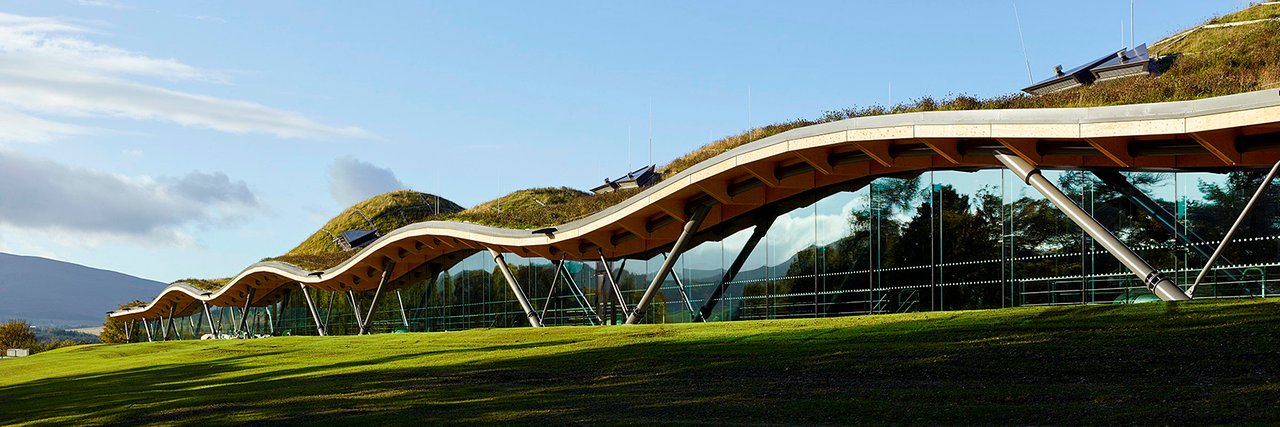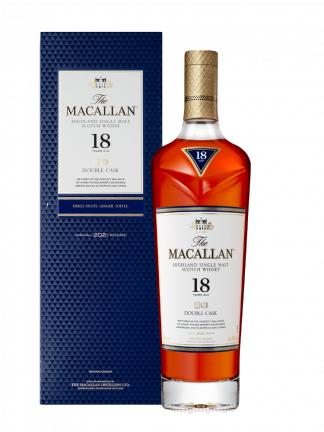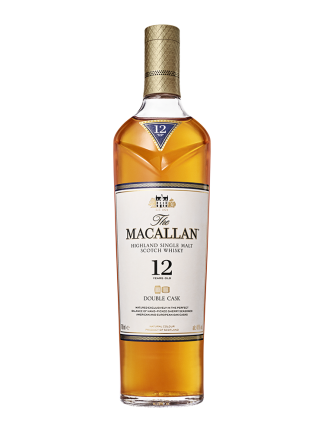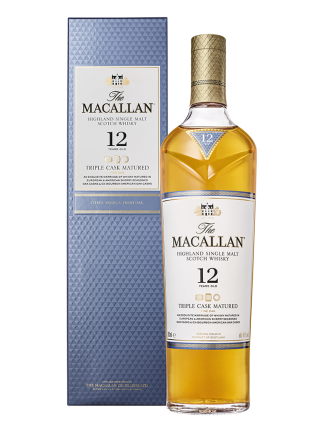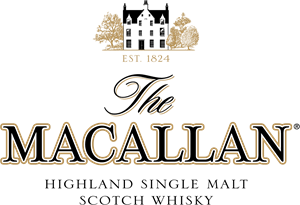
The Macallan

The Scots distilled whiskey for centuries, but until the early 19th century its production was controlled by England. Due to the high taxes, the Scots produced whiskey illegally. All distillation pots were hidden underground, between rocks, or in the woods. Most of these secret hideouts today house some of Scotland's most famous whiskey distilleries. An area along the Spey River Valley, known as Glenlivet, was famous for its excellent quality and was among the favorites of King George IV. In 1823 the Excise Act was passed. It introduces a distillation license and the tax becomes £ 10 per year plus a minimum rate per gallon of whiskey. The tax was bearable and after more than 150 years of smuggling, distilleries came to the surface.
One of the first producers to receive a distillation license was Alexander Reid. Alexander is a farmer and teacher. In 1824, he leased eight acres of land above the River Spey next to the village of Craigellachie from the Earl of Seafield and registered his company Alexander Reid & Co. The place is known in the area as McAllen. The name "Macallan" probably comes from two Gaelic words: "Magh", which means a fertile piece of land, and "Ellan" from the name of the Irish monk St. Fillan, who preached Christianity in Scotland in the eighth century. Reid ran the farm and distillery until his death in 1847, after which he was succeeded by his son, also named Alexander. The son almost immediately formed a partnership with grain trader James Davidson and James Shearer Priest. After Alexander's death in 1858, James Davidson became the sole owner of the distillery. During his reign, Davidson became famous for buying only the highest quality barley in the area for his whiskey.
After Davidson's death in 1868, the distillery was leased by James Stewart, who at the time operated several distilleries in the area. In 1886 he bought the distillery and its adjoining land from the Earl of Seafield. The ensuing prolonged recession and the construction of a new distillery in Glen Rothes caused Stewart to run into serious financial difficulties. In 1879, French vineyards were cut down by phylloxera. For more than ten years, the popular French brandy in England disappeared completely and the interest in Scotch whiskey began to increase significantly.
History of the Macallan distillery opened a new page in 1892. In that year it was purchased by Roderick Kemp. To emphasize its famous location in Glenlivet, he renamed R. Kemp Macallan's company Glenlivet. the new owner immediately embarks on large-scale construction and improvement of available capacity. New storage warehouses have been built. By the end of the century, production had increased significantly. During his tenure, Kemp introduced most of the basic quality standards of the Macallan distillery. One of them is the aging of whiskey only in Spanish oak barrels, in which sherry was previously stored. Although Kemp died in 1909, the distillery remained under his family's control until the 1990s.
After its boom at the end of the 19th century, blended scotches dominated the whiskey market for a long time. Macallan products are highly valued and highly sought after by blended whiskey producers for their luxury brands. Like other distilleries, Macallan also produces a limited amount of malt whiskey, which at that time was almost entirely consumed by the local Scottish population. In 1970 the company began construction of a new generation of boilers and in 1974 its capacity was increased by six more distillers.
To make the most of its deservedly growing popularity, the company decided to release the first official single malt called The Macallan on the international market. The Macallan was an immediate success and became one of the great ambassadors of the single malt category worldwide. In the mid-1980s, malt whiskey began to arouse the interest of collectors. Whiskey is fast becoming one of the most sought after labels, especially after the launch of the first bottles of their priceless 60-year-old whiskey.
The Macallan in the 60's
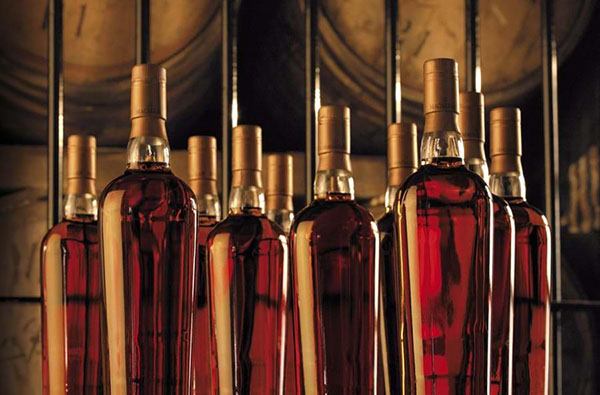
The Macallan in the 70s
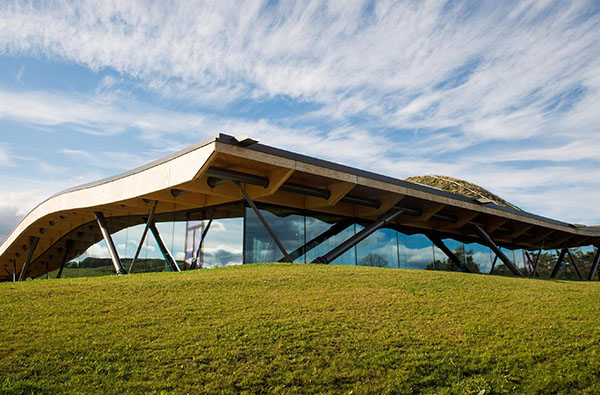
The Macallan in the 90s
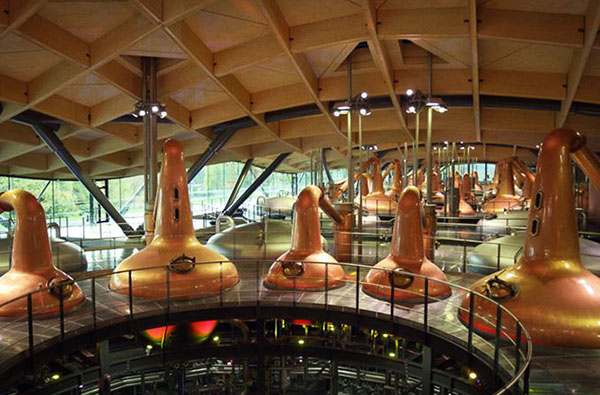
In late 2013, The Edrington Group announced plans to relocate Macallan's production facilities to a new distillery. The plans are for the construction of the new distillery to start in October 2014 and to be completed in 2017. The new distillery is planned to be built close to the current one. The project also includes a new visitor center.
The new £ 100 million distillery should meet The Macallan's ever-growing demand. The distillery currently produces 9.5 million liters of distillate per year. The capacity of the new distillery is 15 million liters.








